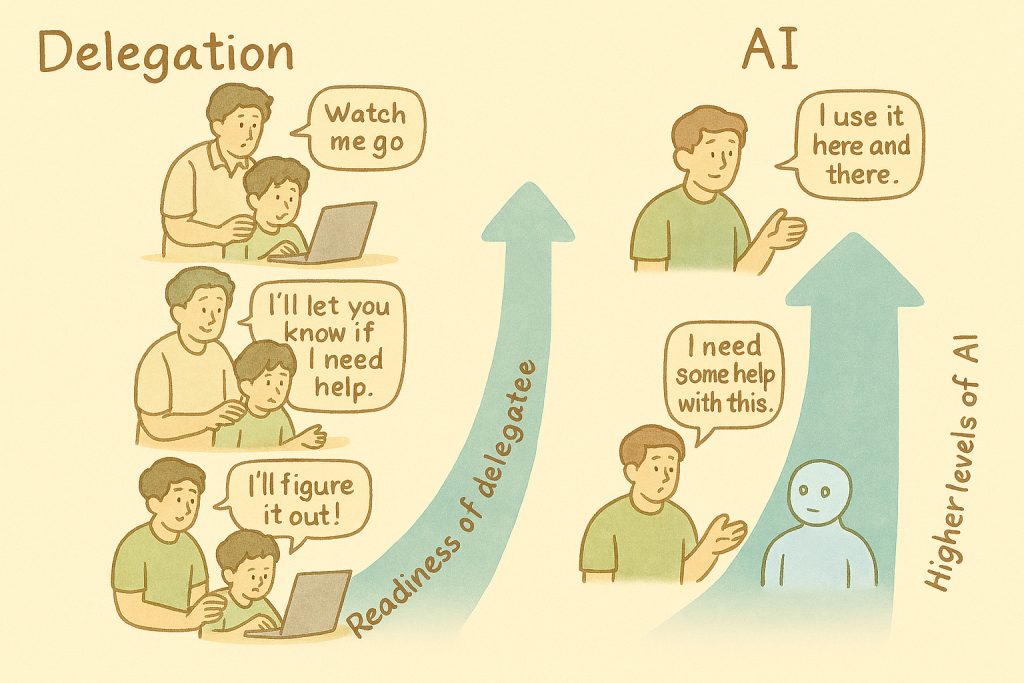Pradeep is an experienced manager in the financial sector. He’s considered an expert in onboarding team members and being a buddy for several team members.
His organization has set itself on a business agility transformation path. Pradeep wanted to apply for the agile coach role. He has been working as a team member in scrum model for the past 5 years. He’s also done a few certifications in agile. His heightened when he started interacting with agile coaches within his teams
What are the few first steps that Pradeep can take to enable himself to be successful in the agile coach role?
Possible Solution
First step Pradeep needs to answer is from readiness perspective – Is he ready to move away from the playing field and moving to the enabling role. Coach is a role who is always behind the scenes and make the transformation happen. It’s not an easy transition to make. As moving away from limelight isn’t easy for everyone. Some of the tools that can be used to do this self-discovery could be to creating awareness by listing the last 5 accomplishments. In each of the accomplishment, analyse the type of role that one has played. Is it one of player in the field or coach as an enabler?
Second step, Pradeep can do is understand the role of a coach. There are several books that are great to start – Lyssa Adkins – Coaching Agile Teams; John Whitmore – Growing high potential teams; Kent Beck – Extreme Programming Explained; And the organization’s transformation blueprint.
Third and possibly the most important step is to initiate conversations with teams as a group and team members separately using GROW model. During the initial days, it would be useful to document every observation without any conclusion, analyse the observation with empirical data prior to sharing recommendation as well as having coaching conversations.
With these three steps, Pradeep can step into a great coaching experience.




